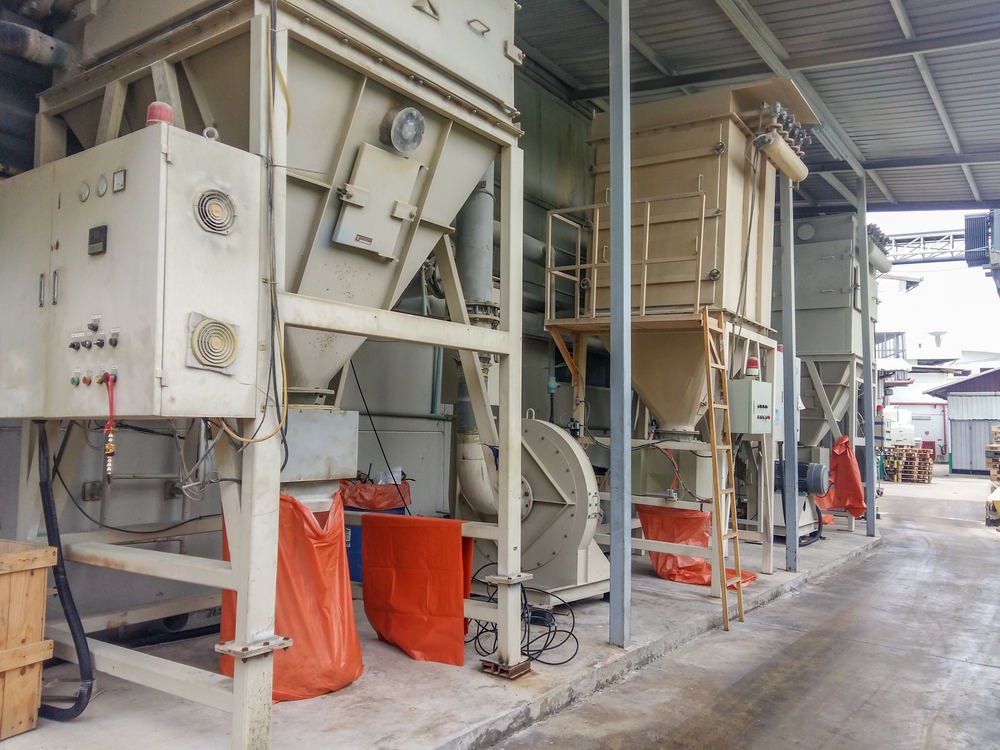Have you ever stopped to consider the quality of the air in your workplace? And how does this air quality impact the health and productivity of your employees? Our topic today revolves around dust control systems – a crucial but often overlooked aspect of workplace safety. In this blog post, we will delve deep and explore how these systems not only enhance workplace safety but also contribute significantly to overall efficiency.
Driven by increasingly stringent regulations and a growing awareness of the importance of worker safety, businesses across various industries are investing in dust control systems, a move proving itself fruitful both from a health perspective and a bottom-line perspective. Intriguing, isn’t it? How can a healthier workforce lead to improved profits? Strap in and fasten your seat belts, as we unpack this ecosystem of dust control systems.
The Essentials of Dust Control Systems
Conceived as complete solutions to manage and reduce the levels of airborne dust, dust control systems are becoming an integral part of construction sites, manufacturing units, and even office environments. By implementing advanced filtration techniques, these systems help maintain air quality standards, mitigating potential health risks for employees.
Dust control systems are composed of an array of devices that work in sync, creating an environment free of harmful particles. They essentially function in two steps – firstly, capturing dust at the source and secondly, filtering the captured dust, releasing clean and safe air back into the workspace.
Beyond improving air quality, dust control systems plays a pivotal role in reducing the risk of dust explosions – a grave danger in industries dealing with combustible dust. Clearly, dust control systems build a shield of safety, but what about their function in enhancing efficiency?
Dust control systems and Workplace Efficiency
The direct correlation between dust control and increased workplace efficiency can be hard to perceive. However, the link becomes clear when we factor in factors such as work stoppages due to health concerns or machinery breakdowns.
By mediating dust levels, dust control systems reduce the wear and tear on machinery caused by dust accumulation. Cleaner and better operational machines result in fewer breakdowns, less downtime, and subsequently higher productivity.
Additionally, maintaining an optimum air quality induces a healthier work environment, leading to lower absenteeism and higher worker satisfaction. A satisfied and healthy workforce undeniably leads to increases in productivity, a key driver for business growth and profitability.
Pros and Cons
Like any system of management, dust control systems come with their advantages and challenges. Having drawn out the benefits, it’s only insightful to address some challenges businesses might face in implementing these systems.
Though dust control systems are proven to enhance workplace safety and efficiency, their installation could imply an initial high investment. Businesses, especially smaller ones, may find it heavy on their pockets. Besides this, their maintenance and regular servicing can add to the operational costs.
The Future of Dust Control Systems
Looking towards the future, one thing is clear – maintaining air quality in workplaces will continue to be at the forefront of discussions promoting worker safety. In such a scenario, the overall benefits of dust control systems far outweigh the cons, making them a worthy investment for businesses.
Legislations and Regulations Around Dust Control
Around the globe, occupational safety bodies such as OSHA (Occupational Safety and Health Administration) in the U.S. have made it obligatory for businesses to meet certain air quality standards. Non-compliance with these standards can lead to heavy fines, further highlighting the need for effective dust control systems.
Conclusion:
To summarize, dust control systems play the dual role of safeguarding employee health while enhancing workplace efficiency. Despite the initial investment and upkeep costs, the long-term gains yielded by these systems – fewer health risks, better machinery maintenance, increased productivity, and compliances with regulatory norms – unequivocally demonstrates their value.
From this perspective, investing in dust control systems isn’t just about compliance or boosting profits; it’s about demonstrating a commitment to the well-being of the workforce, an investment in human capital. After all, a healthier and happier workforce is the backbone of a successful, sustainable business.
So, if you’re a business owner or a stakeholder in employee wellbeing, ask yourself again: what is the quality of air in your workplace like? How can you equip your business with the right dust control systems for a safer, more efficient work environment? And remember – the answer to these questions lie in making conscious, informed choices for a better and brighter future at work.





